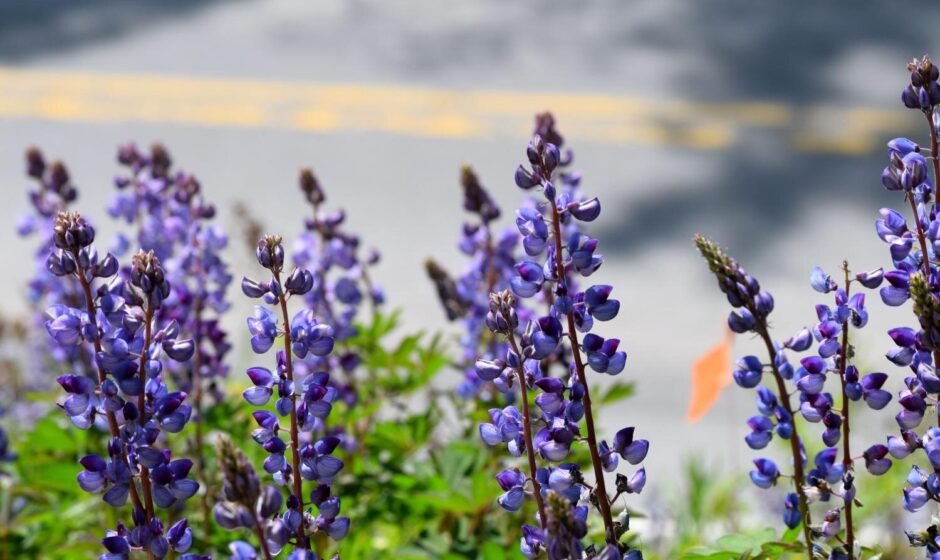Managing forest edge habitats to maintain a gradient of canopy cover and plant density could play a significant role in conserving threatened native plant species such as wild lupine, according to researchers from Penn State University. They found that edge habitats, created by natural or human-caused disturbances such as roads and utility rights-of-way, provide ideal conditions for the establishment and reproduction of rare native plants. The researchers published their findings in a study in the journal Plant Ecology.
In their research, the authors reviewed and analyzed 33 published studies that focused on the biology and management of wild lupine and associated plants and insects. Their case study showed that land management practices, including prescribed burning, mowing, and mechanical thinning, can promote the conservation of wild lupine and other forest edge plants.
Lead author Isabella Petitta, a master’s degree candidate in Penn State’s intercollege ecology graduate program, explained that most Eastern ecosystems are managed to maintain dense, forested habitats. However, this lack of disturbance results in homogeneous, closed canopy forests that are not suitable for early successional plants like wild lupine. Therefore, managing forest edge habitats becomes crucial for the conservation of these species.
Wild lupine is a species of conservation concern across almost 60% of its original range in eastern North America. It requires specific management strategies for its protection. One of wild lupine’s primary habitats is oak savanna, an early successional habitat with a canopy cover of less than 50%. However, oak savannas are among the most endangered habitats in North America due to fire suppression, development, timber demand, and conversion to agricultural land.
Autumn Sabo, study co-author and assistant professor of biology at Penn State Beaver, emphasized that the loss of oak savanna habitat has made forest edges maintained for infrastructure increasingly important for rare plant species. In Pennsylvania, for example, 80% of wild lupine populations are located along road, trail, rail, gas, or power line rights-of-way.
Wild lupine habitats also support a diverse insect community and provide food resources for insect pollinators. They serve as host plants for several butterflies and a moth, some of which are of conservation concern. Therefore, the decline of wild lupine habitat directly affects these species as well.
The researchers recommend several environmental conditions to increase wild lupine cover and density, including specific light intensity levels, intermediate or partial shade provided by canopy cover, and minimal leaf litter presence. They suggest management practices such as prescribed fire, herbicide application, mowing, and mechanical tree removal to achieve these conditions.
Apart from habitat management, wild lupine populations can be enhanced through seeding and transplanting. However, the researchers advise focusing on increasing existing populations before attempting to establish new ones. They also caution that edge habitat management practices need to be planned and timed correctly to be effective.
Petitta concluded that wild lupine provides an opportunity to study and optimize the management of rare plants in early successional edge habitats. Restoring and managing these edge habitats is critical for the conservation of wild lupine and its associated plant and insect communities.
The study, titled “Biology and management of wild lupine (Lupinus perennis L.): a case study for conserving rare plants in edge habitat,” was published in Plant Ecology.




